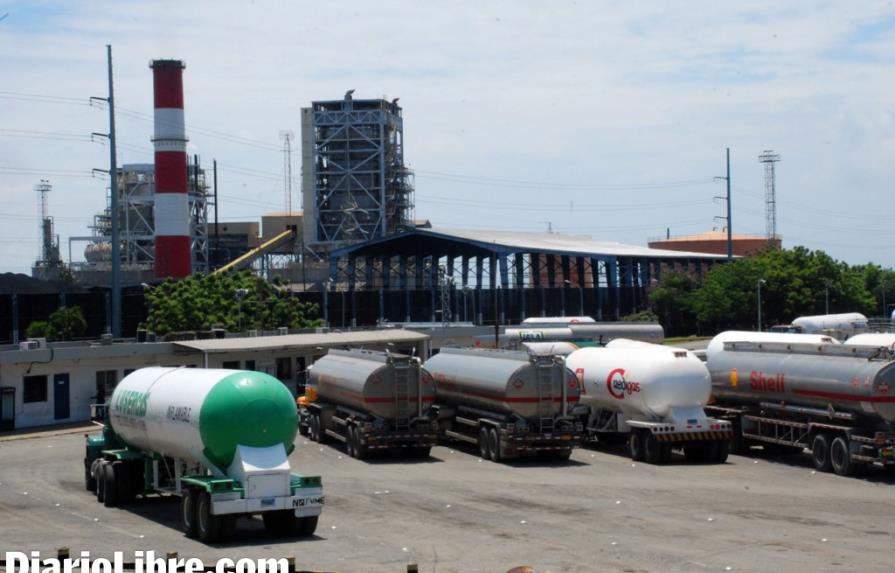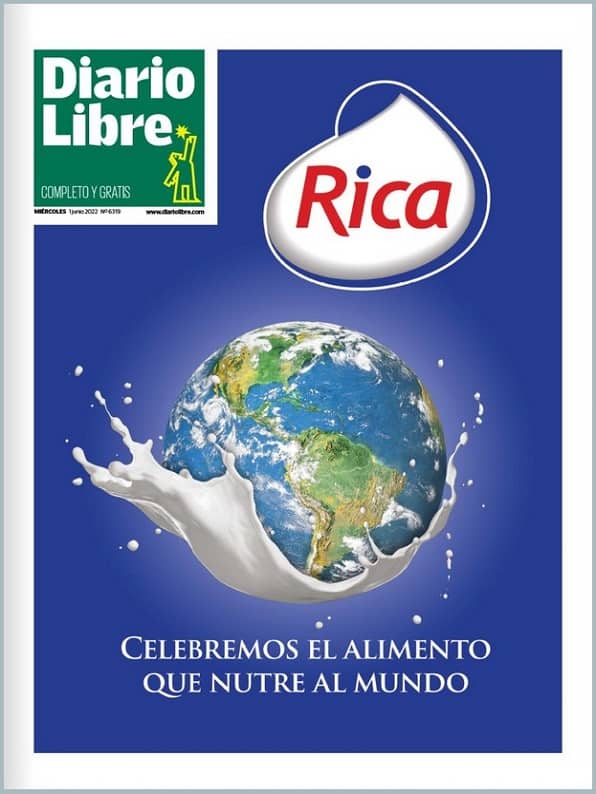The nonfinancial public debt falls 4.9% in the first quarter
But the interest rate on the foreign debt increased 100 basis points

SANTO DOMINGO. In its first report of the year for the Congress, the Directorate General of Public Credit reports a decrease in the total public debt of 4.9%, reaching US$22.6 billion. At the close of 2014, this total was US$23.8 billion so that the reduction as of March was for US$1.2 billion.
Public Credit explains that this reduction is due principally to the repurchase at a discount rate of 52%, of the accumulated debt with the Petroleum of Venezuela Company (PDVSA) under the Petrocaribe Agreement.
On this occasion, the government purchased 98% of the accumulated debt as of December 2014, which was US$4.0 3 billion for which it paid US$1.93 billion. This operation of debt management definitely influenced that the proportion of the nonfinancial public sector debt fell from 37.2% of GDP as of December 2014 to 34.5% of GDP as of March 2015.
The report from Public Credit, which covers the three months from January to March, does not register the global bond issue for US$1.0 billion carried out by the government on 1 May of this year. This emission was done in two stretches of US$500 million each, at 10 and 30 years and at interest rates of 5.125% and 6.5% respectively.
The debt with PDVSA under the Petrocaribe Agreement is at an interest rate of up to 1%, with a grace period of two years and a 23 year deadline. Together with the purchase of this concessional debt, in the first trimester of 2013 the average interest rate of the foreign debt increased, going from 4.3% at the close of December 2014, to 5.3% in March 2015. This represents an increase of 100 basis points.
Influencing in this increase in the interest rates was the fact that the Dominican state had removed from its debts more than US$4 billion for which it was only paying an interest rate of 1% a year, in order to substitute it with debts for sovereign bond issues for which it is paying rates of 5.5% and 6.85%.
The increase in the interest rates is a factor of greater financial risk for the country. Nevertheless, Public Credit reported "improvements related to the risks of refinancing, of the market and of solvency." They refer to the size of the debt in relation to the GDP, which went down from 37.2% to 34.5%, and to the proportion of the debt in foreign currency which went from 72.6% to 70.6% among other risk indicators.
Improvement in risk assessment
On 20 May, the risk assessment agency Standard & Poor's improved the sovereign risk assessment of the Dominican Republic, raising it to "BB-", from "B+". Among the reasons for this improvement, is that they gave a positive evaluation of the Dominican debt management. They estimate that during the period 2015 to 2016, the net debt of the government will average 43% of GDP. However, the agency ties the maintenance of this improvement to the government maintaining the policy of reduction of the fiscal deficit throughout the election campaign.
Public Credit explains that this reduction is due principally to the repurchase at a discount rate of 52%, of the accumulated debt with the Petroleum of Venezuela Company (PDVSA) under the Petrocaribe Agreement.
On this occasion, the government purchased 98% of the accumulated debt as of December 2014, which was US$4.0 3 billion for which it paid US$1.93 billion. This operation of debt management definitely influenced that the proportion of the nonfinancial public sector debt fell from 37.2% of GDP as of December 2014 to 34.5% of GDP as of March 2015.
The report from Public Credit, which covers the three months from January to March, does not register the global bond issue for US$1.0 billion carried out by the government on 1 May of this year. This emission was done in two stretches of US$500 million each, at 10 and 30 years and at interest rates of 5.125% and 6.5% respectively.
The debt with PDVSA under the Petrocaribe Agreement is at an interest rate of up to 1%, with a grace period of two years and a 23 year deadline. Together with the purchase of this concessional debt, in the first trimester of 2013 the average interest rate of the foreign debt increased, going from 4.3% at the close of December 2014, to 5.3% in March 2015. This represents an increase of 100 basis points.
Influencing in this increase in the interest rates was the fact that the Dominican state had removed from its debts more than US$4 billion for which it was only paying an interest rate of 1% a year, in order to substitute it with debts for sovereign bond issues for which it is paying rates of 5.5% and 6.85%.
The increase in the interest rates is a factor of greater financial risk for the country. Nevertheless, Public Credit reported "improvements related to the risks of refinancing, of the market and of solvency." They refer to the size of the debt in relation to the GDP, which went down from 37.2% to 34.5%, and to the proportion of the debt in foreign currency which went from 72.6% to 70.6% among other risk indicators.
Improvement in risk assessment
On 20 May, the risk assessment agency Standard & Poor's improved the sovereign risk assessment of the Dominican Republic, raising it to "BB-", from "B+". Among the reasons for this improvement, is that they gave a positive evaluation of the Dominican debt management. They estimate that during the period 2015 to 2016, the net debt of the government will average 43% of GDP. However, the agency ties the maintenance of this improvement to the government maintaining the policy of reduction of the fiscal deficit throughout the election campaign.


 Edwin Ruiz
Edwin Ruiz
 Edwin Ruiz
Edwin Ruiz